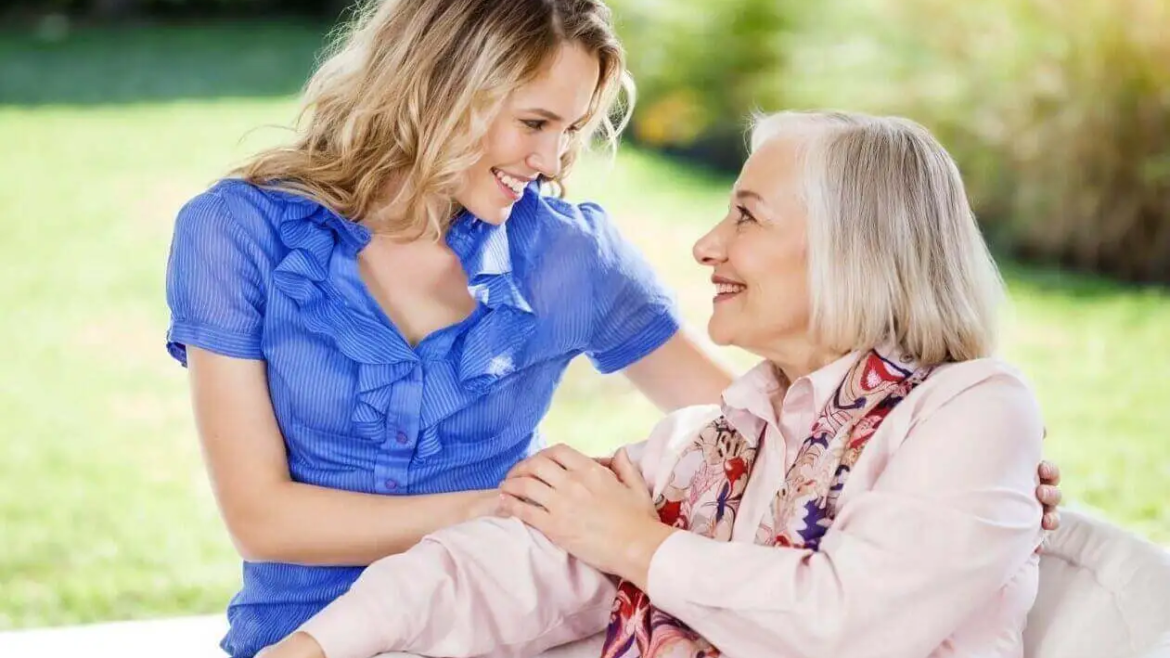Discover the top 6 free activity ideas for seniors to stay active. Explore easy and budget-friendly ways to boost wellness and interaction.


Discover the top 6 free activity ideas for seniors to stay active. Explore easy and budget-friendly ways to boost wellness and interaction.

Keeping the seniors in your life active is one of the best ways to show them your love and care. Whether it is your parent, grandparent, spouse, friend, or neighbor, the senior in your life can benefit from being active in many ways.

Technology is for more than just the young and the savvy. It can also benefit seniors, especially those in hospice and palliative care. Hospice and palliative care are specialized medical care that provides comfort and support to patients with life-limiting illnesses and their families. Technology can help seniors in hospice and palliative care improve their quality of life and well-being by enhancing their physical, mental, social, and emotional health.

Protecting seniors from financial abuse is crucial to ensuring their well-being and peace of mind during their golden years. As people age, they often become more vulnerable to various forms of abuse, including financial exploitation. The Valley View Hospice Los Angeles aims to provide a comprehensive understanding of financial exploitation, offer strategies to prevent it, and highlight resources available for protection…

Jump into the adventure of fun Holiday games for the family. Make the holiday fun for the old and young and unite all family members.
Discover how hospice dementia care offers comfort and dignity for patients in their final stages.

As the population ages, the concept of aging in place has gained significant attention. Aging in place refers to the ability of seniors to live independently in their own homes for as long as possible, with the help of home care services. This approach not only provides a sense of familiarity and comfort but also promotes a higher quality of…